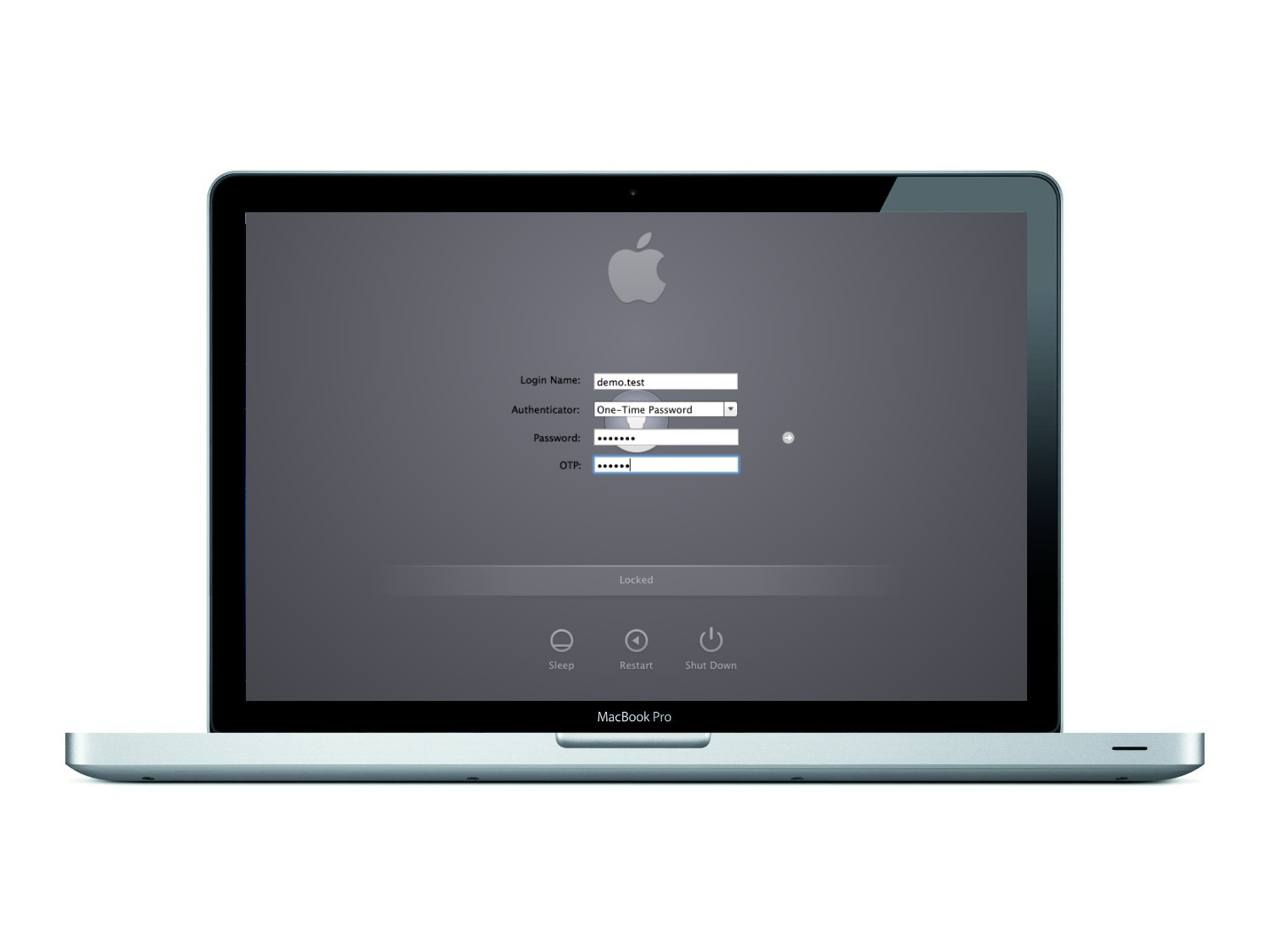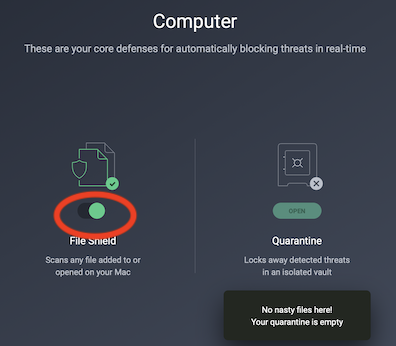Built-in support for Classic is gone in 10.5 and Intel Macs:
Shields of Loyalty is a turn-based dark fantasy strategy game in 2D that takes on the legacy of the genre classics and enriches them with great features and modern gameplay. Experience challenging TBS action with high replayability value on the island world of Mantaria and lead your army victoriously from battle to battle!
- So follow this article below then you know a little more about the dual boot, and you will learn how to dual boot Windows 10 and Mac OS X El Capitan on PC. What is a Dual Boot? Dual-booting is the act of installing multiple operating systems on a computer and being able to choose which one to boot.
- Four all new playable classes including the Siren, the Commando, the Gunzerker and the Assassin. Step into the role of the Gunzerker, whose highly deadly skills allow him to dual-wield any two.
- Android x86 ISO Files are available for Mac and Linux systems, which can be installed via bootable CD/DVD or bootable USB flash drive. Users can also multi Dual Boot Android with Mac OS X and Linux on PC and Laptops. We are sharing working tutorial and guide on How to Install Android on Mac OS X and Linux PC and Laptops.
- MSI MAG B550 Tomahawk Review: Dual Ethernet, Sub $200 The B550 Tomahawk includes solid power delivery, plus 2.5 and 1 GbE. By Joe Shields 29 June 2020 Comments (7).
Classic, is the ability to use Apple menu -> System Preferences -> Classic to run Mac OS 9 simultaneously with Mac OS X, and access Mac OS 9 applications from Mac OS X without having to go through Apple menu -> System Preferences -> Startup Disk to select Mac OS 9's System Folder. Many drivers that booting into Mac OS 9 are not supported in Classic environment. Multiple disk games frequently require imaging all the discs and mounting first while using Classic, when booting into Mac OS 9 allows hot swapping of the same physical discs. Classic requires there be a Mac OS 9 system folder present with Mac OS 9.1, 9.2.1, or 9.2.2. Macs that date on/later than 9.2.1's August 21, 2001 release must use their original installer disks to install Mac OS 9. Booting into Mac OS 9, only requires the Mac OS 9 that is the same age or newer be installed in the Mac. Macs too old to install Mac OS X, can only install up to 9.1 if they are PowerPC (except the ones that are 53xx/54xx/63xx/64xx and fail its firmware test and those can only install up to System 7.5.5).
Dual Shields Mac Os X

Mac OS 9 is not to be confused with Mac OS X 10.9, Mavericks, of the similar name. 13 years separate their release.
A few Macs officially support both booting into 9 and 10.5 without an additional partition or hard drive with booting via Apple menu -> System Preferences -> Startup Disk in 10.5, and Apple menu -> Control Panels -> Startup Disk in 9 or booting holding the X key on a restart from Mac OS 9 boot. They are these models:
PowerMac G4 867 and faster QuickSilver
PowerMac G4 1 through 1.25 Ghz MDD with no Firewire 800 port (see below)*
eMac 1 Ghz model M8950LL/A
Powerbook G4 867 Mhz and greater with rear USB ports between the hinges under a flap.
To get those Macs to support Mac OS 9 booting, an erase (yes that means losing all data presently on that disk) and install requires installing with Mac OS 9 drivers before installing Mac OS X or Mac OS 9, as this article explains:
No iMacs, nor iBooks meet the requirement.
Some CPU upgrade card Macs may support dual booting. Check with the third party manufacturer of the CPU upgrade card if that is possible.
For more on 10.5's offerings, see this tip.
While older Macs may work with Leopard with a special Target Disk Mode based install, this is not an officially recognized configuration, meaning any attempt to do so is on your own, with all the risks of maintaining and upgrading that configuration up to you.
Backup your data at least twice before attempting any upgrades.
It is possible to add an external firewire hard drive, or partition an existing hard drive of a Mac that supported Tiger to have a dual-boot Tiger/Leopard configuration on 867 Mhz G4 and faster PowerPC Macs. Partitioning will wipe the contents of the hard drive, so backup your data at least twice before proceeding. Here's how to partition:

Mac OS 9 is not to be confused with Mac OS X 10.9, Mavericks, of the similar name. 13 years separate their release.
A few Macs officially support both booting into 9 and 10.5 without an additional partition or hard drive with booting via Apple menu -> System Preferences -> Startup Disk in 10.5, and Apple menu -> Control Panels -> Startup Disk in 9 or booting holding the X key on a restart from Mac OS 9 boot. They are these models:
PowerMac G4 867 and faster QuickSilver
PowerMac G4 1 through 1.25 Ghz MDD with no Firewire 800 port (see below)*
eMac 1 Ghz model M8950LL/A
Powerbook G4 867 Mhz and greater with rear USB ports between the hinges under a flap.
To get those Macs to support Mac OS 9 booting, an erase (yes that means losing all data presently on that disk) and install requires installing with Mac OS 9 drivers before installing Mac OS X or Mac OS 9, as this article explains:
No iMacs, nor iBooks meet the requirement.
Some CPU upgrade card Macs may support dual booting. Check with the third party manufacturer of the CPU upgrade card if that is possible.
For more on 10.5's offerings, see this tip.
While older Macs may work with Leopard with a special Target Disk Mode based install, this is not an officially recognized configuration, meaning any attempt to do so is on your own, with all the risks of maintaining and upgrading that configuration up to you.
Backup your data at least twice before attempting any upgrades.
It is possible to add an external firewire hard drive, or partition an existing hard drive of a Mac that supported Tiger to have a dual-boot Tiger/Leopard configuration on 867 Mhz G4 and faster PowerPC Macs. Partitioning will wipe the contents of the hard drive, so backup your data at least twice before proceeding. Here's how to partition:
This will also allow using Classic in the Tiger booting session if installed from the Mac's original restore discs:
Dual Shields Mac Os Catalina
and/or retail installer for 9 if newer than those discs.
Those discs can typically be obtained by calling AppleCare if you lost them, or asking the original seller of the machine to give you the restore discs. If they lost them, they should call AppleCare on your behalf and give them to you.
AppleCare can be reached here:
Dual Shields Mac Os Download
Gigachess (itch) mac os.
*
The ports on the back of the MDD PowerMac G4 image above show where Firewire 800 is, if it is present. When it is not present in that location, the MDD PowerMac G4 can boot into Mac OS 9, even when Mac OS X 10.5 is installed, via Apple menu -> System Preferences -> Startup Disc. When Firewire 800 is present you must install 10.4.11 or earlier on a second hard drive internally, a partition of the 10.5 or later drive, or an external Firewire hard drive if you wish to use Mac OS 9 in its Classic environment. Booting is not available to Mac OS 9 with Firewire 800 built-in PowerMac G4s. Either way, to get Mac OS 9 on the PowerMac G4 MDD models, you need to use the original PowerMac G4 installer discs that came with it following the restore directions below:
http://support.apple.com/kb/HT1561

